Introduction to Gear Motors with Controllers
A gear motor with controller is an essential component in various industrial and mechanical applications, combining the benefits of a gear reducer and an electric motor with an integrated drive control system. This combination enhances efficiency and provides precise control over speed and torque, making it ideal for tasks that require a high degree of reliability and performance.
Gear motors with controllers are widely used in industries such as robotics, automotive, packaging, and conveyor systems, demonstrating their versatility in catering to numerous application requirements.
Types of Gear Motors with Controllers
- AC Gear Motors: Typically used in applications requiring constant speed, these are powered by alternating current and are ideal for stationary equipment.
- DC Gear Motors: These gear motors are powered by direct current and are preferred in applications where variable speed control is needed.
- Servo Gear Motors: Known for their precision and control, servo gear motors are used in applications requiring feedback mechanisms for enhanced accuracy.
- Step Gear Motors: These motors provide segmented motion, allowing for precise positioning and control, commonly utilized in 3D printers and CNC machinery.
Applications of Gear Motors with Controllers
- Conveyor Systems: Gear motors with controllers drive conveyor belts, ensuring smooth and efficient material handling.
- Robotic Arms: In robotics, these motors play a crucial role, providing the necessary torque and speed to manipulate objects accurately.
- Automated Packaging: Gear motors help in automating the packaging process, enhancing productivity and consistency in manufacturing lines.
- Elevators and Lifts: These motors are integral in the operation of elevators, providing controlled and safe movement of goods and passengers.
Features and Advantages of Gear Motors with Controllers
- Integrated Control System: The built-in controller allows for easy adjustments to speed, torque, and direction, making operations more flexible.
- High Efficiency: The gear reduction process significantly reduces energy consumption, leading to more cost-effective and environmentally friendly operations.
- Durability: Gear motors are built to withstand harsh conditions, ensuring a longer lifespan and reducing the need for frequent replacements.
- Compact Design: Their design saves space, allowing them to be integrated into more compact machinery without compromising on power or efficiency.
- Versatile Usage: Adaptable to a wide range of applications, these motors can easily be modified for different settings, accommodating various operational demands.











































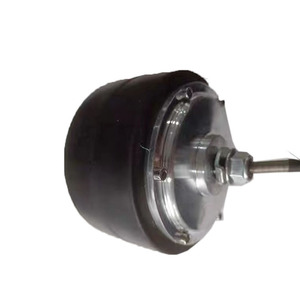
























































































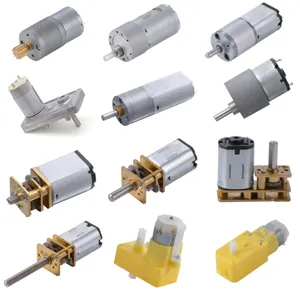

















































































































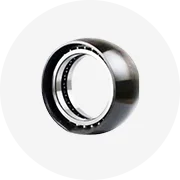
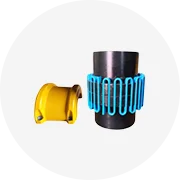
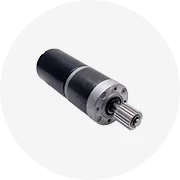

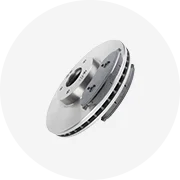
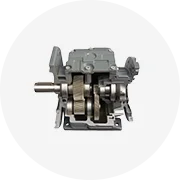
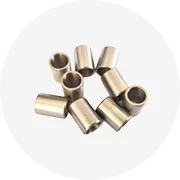
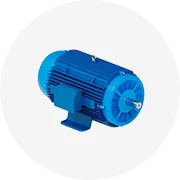






 浙公网安备 33010002000092号
浙公网安备 33010002000092号 浙B2-20120091-4
浙B2-20120091-4